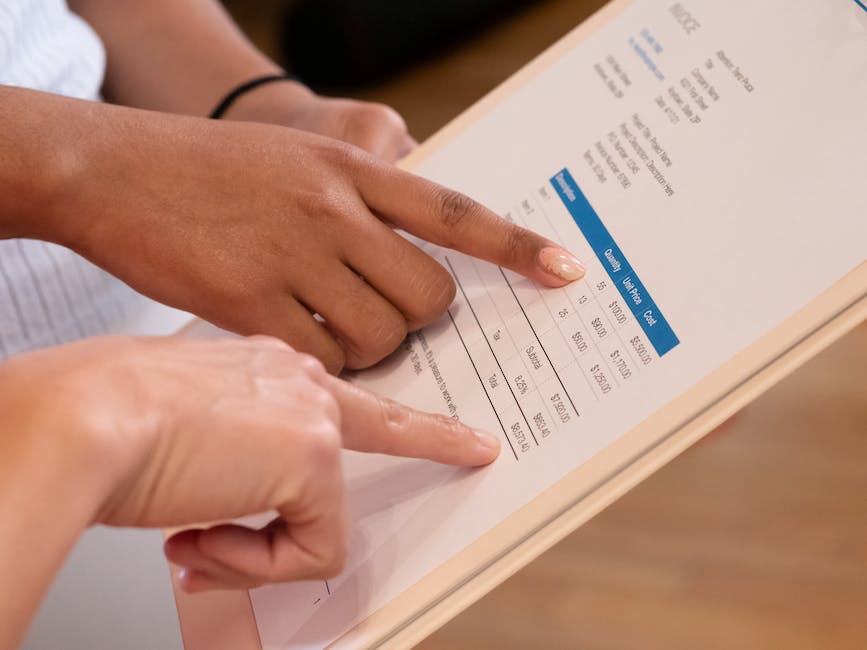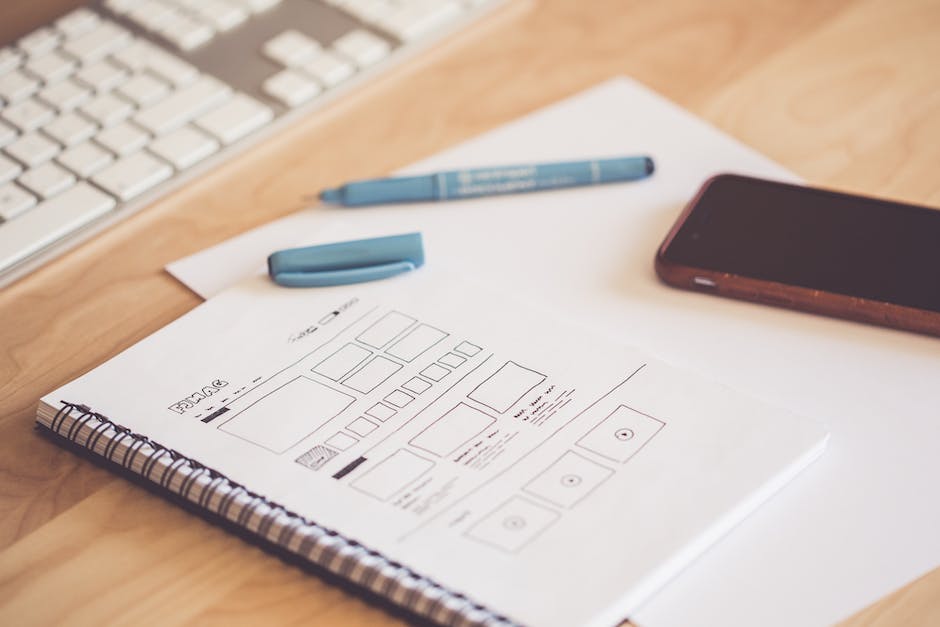Writing a Price Increase Letter: A Step-by-Step Guide
As a freelancer, effective communication is key to maintaining strong relationships with your clients, especially when it comes to sensitive topics like increasing your prices. A well-crafted price increase letter can be a powerful tool in this regard, enabling you to outline the reasons for your decision in a clear, professional manner. This not only helps to preserve your business relationships but also promotes transparency and trust.

Understanding the Need for a Price Increase Letter
Freelancers, just like any other business, may occasionally find the need to adjust their prices. This could be due to a variety of reasons such as inflation, increased operating costs, or simply because the value of their services has increased. Whatever the reason, it’s crucial to communicate these changes to your clients in a way that is clear, concise, and respectful. This is where a price increase letter comes into play.
The Impact of a Price Increase Letter on Client Relationships
Price increases, if not handled properly, can strain your relationships with clients. But does it have to be this way? Absolutely not. A well-written price increase letter can actually strengthen your client relationships. It shows that you value transparency and are committed to maintaining open lines of communication. More importantly, it provides an opportunity to demonstrate the increased value or quality of your services, which can help to justify the new prices. Think about it: wouldn’t you appreciate a straightforward explanation rather than being left in the dark?
Core Components of a Price Increase Letter
A price increase letter is not merely an announcement; it’s a tool for maintaining your business relationship with your client. To write it effectively, it’s crucial to understand and include its core components. Let’s break down these elements.
Opening Remarks and Expressing Gratitude
How you begin your letter sets the tone for the rest of the communication. Isn’t it better to start on a positive note? Of course, it is. This is why the first part of your letter should express gratitude for the continued business relationship. Thank your client for their support and trust in your services. It’s a simple gesture, but it can go a long way in fostering goodwill.
Explaining the Price Increase
Next comes the main part – the price increase announcement. This is a delicate matter that requires careful handling. Why? Because no one likes to hear about price increases. However, if you explain the reasons behind the increase clearly and honestly, your clients are more likely to understand. You could mention factors like increased operating costs, inflation, or the increased value of your services. The key is to be transparent and sincere.
Demonstrating Added Value
Price increases can be easier to accept if they come with added value. So, how can you communicate that to your clients? You could mention any improvements or enhancements in your services that justify the price increase. Perhaps you’ve gained additional qualifications or invested in new software that enhances the quality of your work. Whatever it is, make sure your clients understand that they are getting more value for their money.
Crafting the Right Tone for Your Price Increase Letter
The tone of your letter can significantly impact how your message is received. Too formal, and the letter could come across as cold and uncaring. Too casual, and you risk undermining the seriousness of the matter. So, how do you strike the right balance?
Professionalism is key. Remember, you’re not just a freelancer; you’re a business owner. Communicate your price increase with the same professionalism and respect you’d expect from any reputable business. At the same time, empathy is equally important. Show understanding for how this change might affect your client and reassure them of your continued commitment to providing excellent service. That’s the secret to crafting a price increase letter that preserves, and even strengthens, your client relationships.
Sample Price Increase Letters
When it comes to drafting a price increase letter, it can be challenging to strike the right balance between clarity, professionalism, and empathy. To help you navigate this process, we’ve provided some sample letters that you can use as a starting point for your own. Remember, these are merely templates – it’s essential to personalize your letter to reflect your relationship with each client.
Have you ever struggled to find the right words when writing a price increase letter? Don’t worry, you’re not alone. It’s a common challenge for many freelancers. Here are some examples to get you started:
Sample Letter 1: For a Modest Price Increase
Dear [Client’s Name],
Thank you for your continued support and partnership. We value our relationship and are committed to providing the highest quality of service. Due to rising operational costs, we find it necessary to increase our rates by [percentage]. This will take effect from [date]. We believe this adjustment reflects the value and quality of our services and allows us to continue meeting your expectations.
Thank you for your understanding and continued business.
Best,
[Your Name]
Sample Letter 2: For a Significant Price Increase
Dear [Client’s Name],
We appreciate your business and are grateful for your trust in our services. To continue delivering the high-quality results you’ve come to expect, we must adjust our rates by [percentage], effective [date]. This decision was not made lightly, but it is necessary to accommodate increased operating costs. We understand that this is a significant change and we are here to discuss any concerns you may have.
Thank you for your understanding.
Best,
[Your Name]
How to Send Your Price Increase Letter
Once you’ve written your price increase letter, the next step is to send it to your clients. But what’s the best way to do this? Email? Direct mail? In person?
The method you choose will depend largely on the nature of your relationship with the client. If your interactions are mostly digital, an email might be the most appropriate and efficient method. On the other hand, if you have a more traditional, face-to-face relationship, you might want to deliver the news in person, followed by a formal letter.
Regardless of the method you choose, ensure that your message is clear, polite, and professional. After all, your aim is to preserve your relationship with the client while conveying essential information.
Handling Responses to Your Price Increase Letter
How should you respond when your clients react to your price increase letter? What if they’re happy to pay more? What if they want to negotiate? Or what if they react negatively?
Positive responses are always welcome, but remember to express your gratitude for their understanding and continued business. If a client wants to negotiate, be prepared to explain your reasons for the price increase and discuss possible compromises. Finally, if a client reacts negatively, maintain your professionalism. Validate their feelings, reiterate the reasons for the increase, and express your desire to continue working with them.
Remember, not all reactions will be immediate. Be patient and prepared for ongoing discussions. After all, clear communication is key to maintaining strong client relationships.

Price Increase Notice Periods and Timing
Timing is key when it comes to increasing your prices. So, when is the ideal time to send a price increase letter? The simple answer is that it varies. It depends on factors such as your industry, the nature of your relationship with the client, and the reasons for the price increase.
However, a general rule of thumb is to provide your clients with enough notice to adjust their budgets accordingly. A one to three-month notice period is usually sufficient. This allows clients to prepare for the change and minimizes the chances of surprises or misunderstandings.
Moreover, consider the timing within the year. Is there a natural break or renewal point in your contract? If so, this could be an opportune moment to introduce a price increase. It’s also worth considering external factors. For instance, introducing a price increase around the end of the financial year may not be the best move, as businesses are often tightening their belts.
Mistakes to Avoid When Writing a Price Increase Letter
When writing your price increase letter, there are several pitfalls to avoid. One of the most common mistakes is not providing a clear reason for the increase. Remember, your clients deserve an explanation. Be transparent about why you need to raise your prices, whether it’s due to increased operating costs, inflation, or the enhanced value of your services.
Another mistake is not demonstrating the added value. If you’re raising your prices, you need to show your clients what they’re getting in return. Whether it’s superior service, faster turnaround times, or additional benefits, make sure you highlight these in your letter.
Lastly, avoid being apologetic or defensive about the increase. A price increase is a normal part of doing business, and there’s no need to feel guilty or defensive about it. Keep your tone professional and confident throughout the letter.
Importance of Regular Price Reviews
Regularly reviewing your prices is a crucial habit for freelancers. But why is it so important? Well, regular price reviews ensure that you’re charging a fair rate for your services. They help you stay competitive and ensure your prices reflect the value you provide to your clients.
Moreover, regular price reviews can make price increases less sudden or shocking for your clients. If you’re consistently assessing and adjusting your rates as necessary, your clients are less likely to be caught off guard by a price increase. Instead, they’ll see it as a normal part of your business operations.
So, how often should you review your prices? A good practice is to conduct a review at least once a year. However, if your costs significantly change or you greatly enhance your service offerings, more frequent reviews may be necessary.
In conclusion, writing a price increase letter is a delicate task that requires careful planning and execution. By considering the timing, avoiding common mistakes, and regularly reviewing your prices, you can ensure your clients understand and accept your new rates. Remember, your goal is not just to increase your prices, but also to maintain the trust and loyalty of your clients.
Get Organized & Win More Clients
Kosmo has everything you need to run your freelancing business.

















